Hello! November has arrived, and we’re finally experiencing cool, autumnal days. With this weather, it truly feels like the season for sake has begun. By the way, the Sake Museum is being held the autumn exhibition, “19th-Century Japanese Culture Shaped of Woodblock Print,” featuring the Edo-period Kokkeibon (Comic Novellas) “Tsukinu Izumi” (lit. means “inexhaustible fountain”), which we previously introduced. In this article, we’ll show you some drinking habits other than “A Quarrelsome Drinker,” “A Talkative Drinker,” and “A Merry Drinker” types we’ve introduced before.
1.An Argumentative Drinker
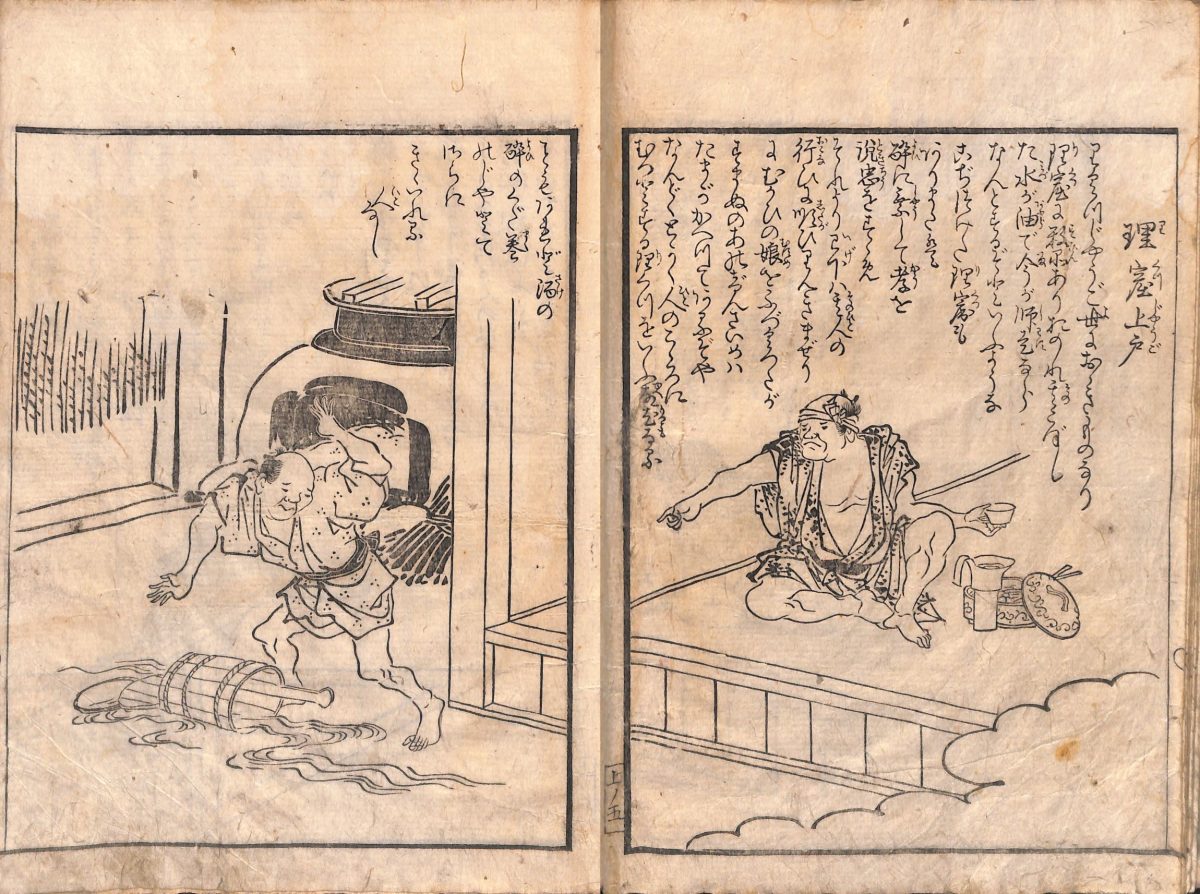
An example of an argumentative drinker is depicted here: a man pointing at someone who spilled water while drinking sake and saying something. At the time, there was a superstition that spilling oil during December would invite fire. The drinker is picking a fight, saying, “What if the water you just spilled was oil, and what if now is December!” Like this, argument drinkers are described as having a habit of taking advantage of their intoxication to preach about filial piety and loyalty, or to spout vulgarities. Please be careful not to get too drunk and make your mouth too smooth.
2.A Spendthrift Drinker
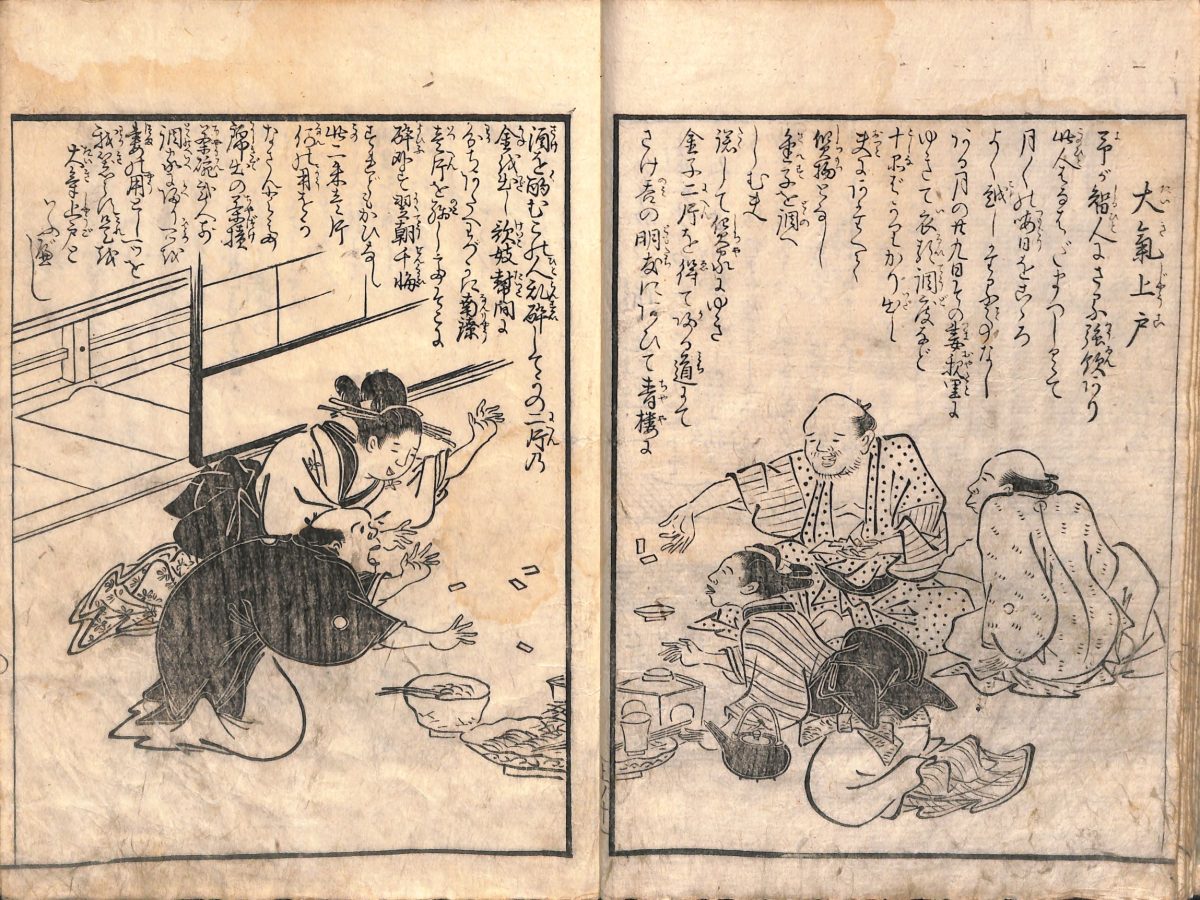
An example of a spendthrift drinker is a sad story. There was a couple who struggled financially. Even so, to purchase high-quality rice bowls, the wife asked her parents to lend them about ten items of clothing and furnishings, and her husband took those items to a pawnshop to get cash. Having obtained a large sum of money, he headed home, but unfortunately ran into his drinking buddies and ended up going to a bar. Then, as soon as he started drinking, he scattered money around the bar. Please avoid taking important money to drinking parties.
3.A Self-Conceit Drinker
Finally, let us introduce a habit worth keeping in mind. Incidentally, “Tsukinu Izumi” notes that the term “self-conceit” was an Edo dialect at the time, while in Osaka they used the expression “to give miso.” Now, regarding a self-conceit drinker, it’s described as a habit where, when intoxicated, one boasts about their intelligence, brags about their artistic skills, claims expertise in sensual pleasures, and insists on their own good looks—even when it’s not
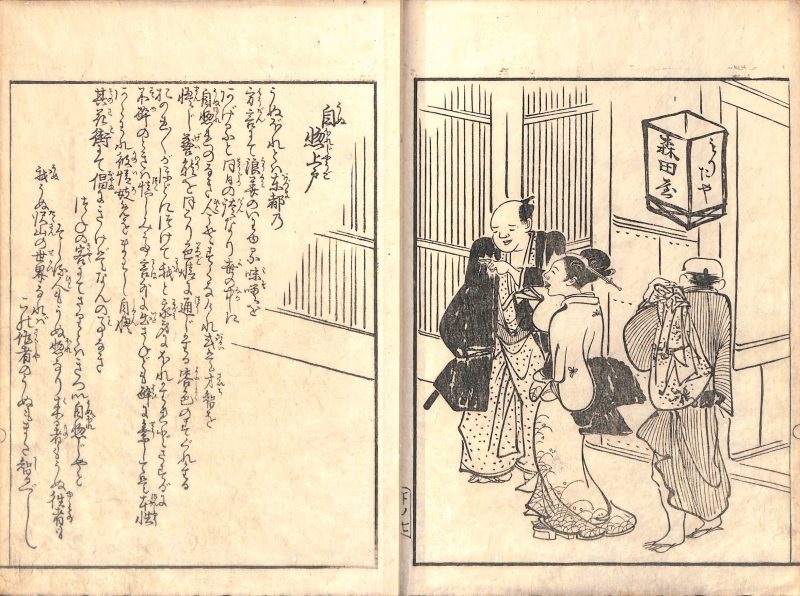
How did you like it? “Tsukinu Izumi”, which introduces drinking habits from the Edo period (1603-1868), remains completely timeless even today. With that, keep these lessons in mind and enjoy a wonderful sake season. We look forward to seeing you again next month!

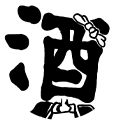
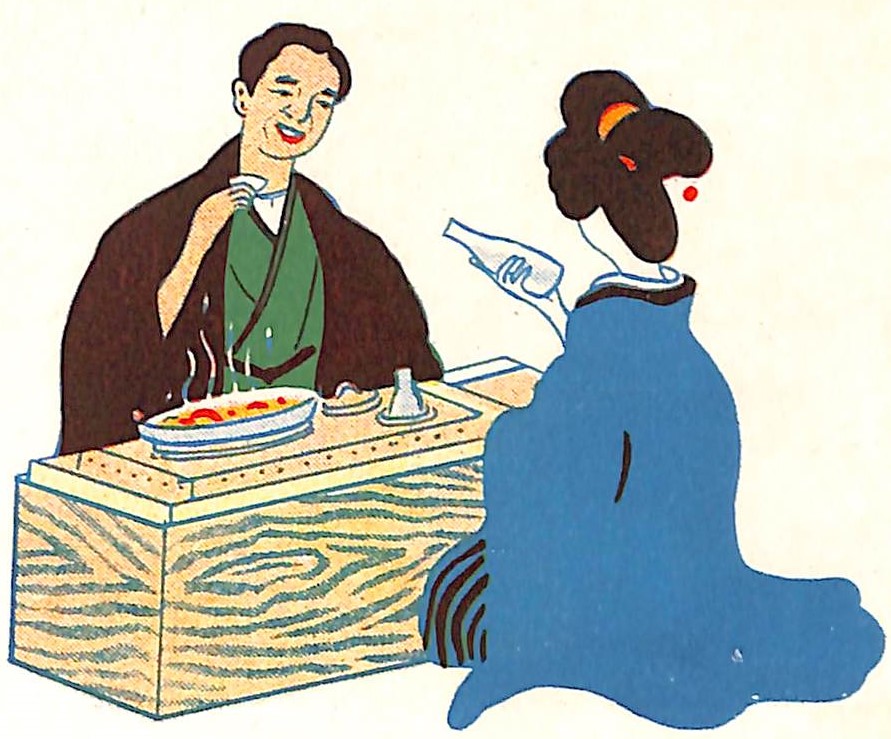
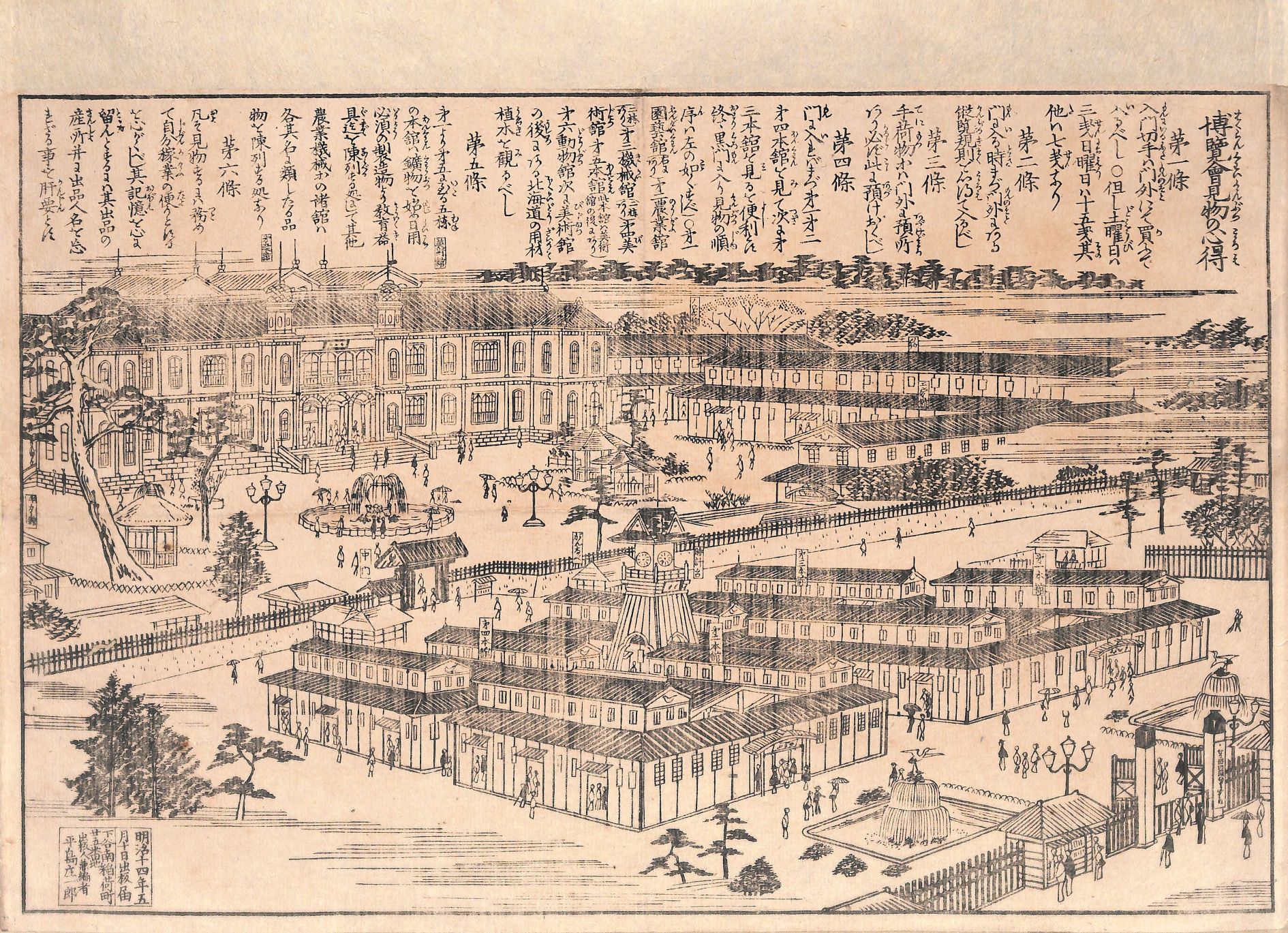

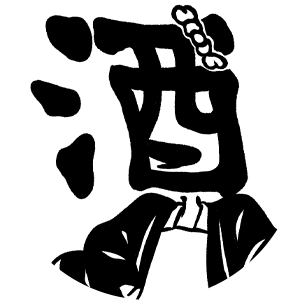
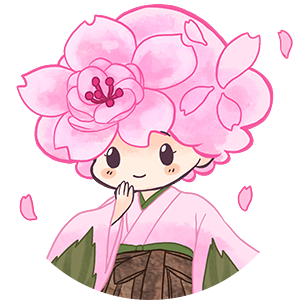
Controlling the temperature is crucial when warming sake!